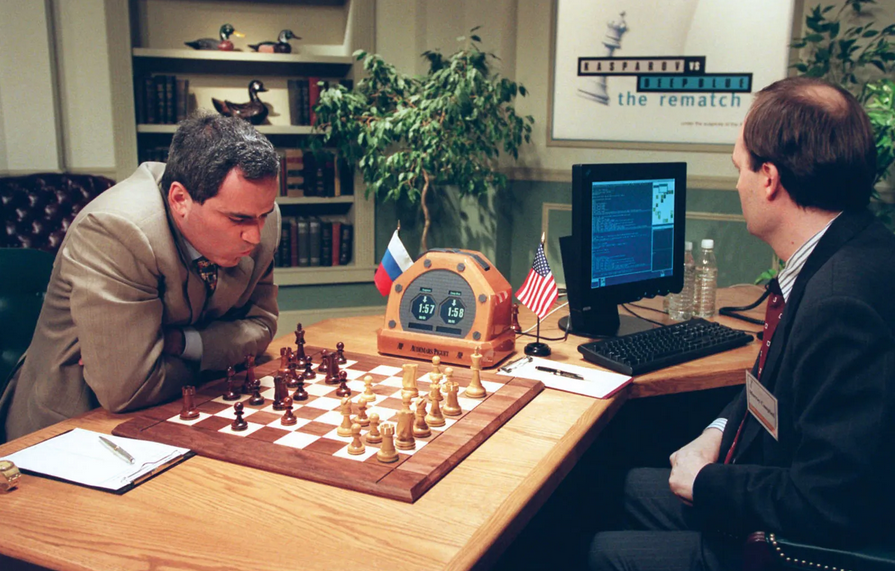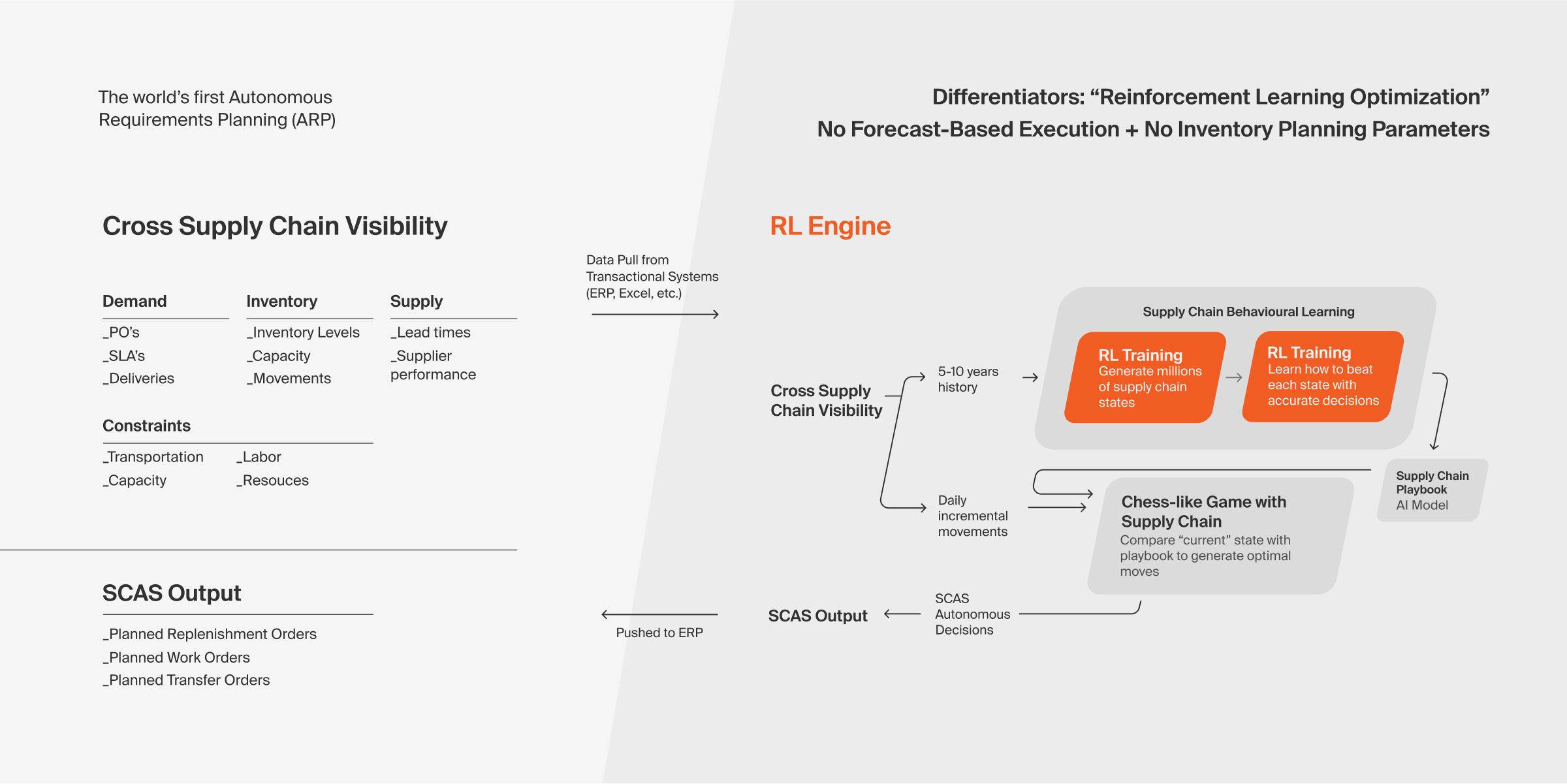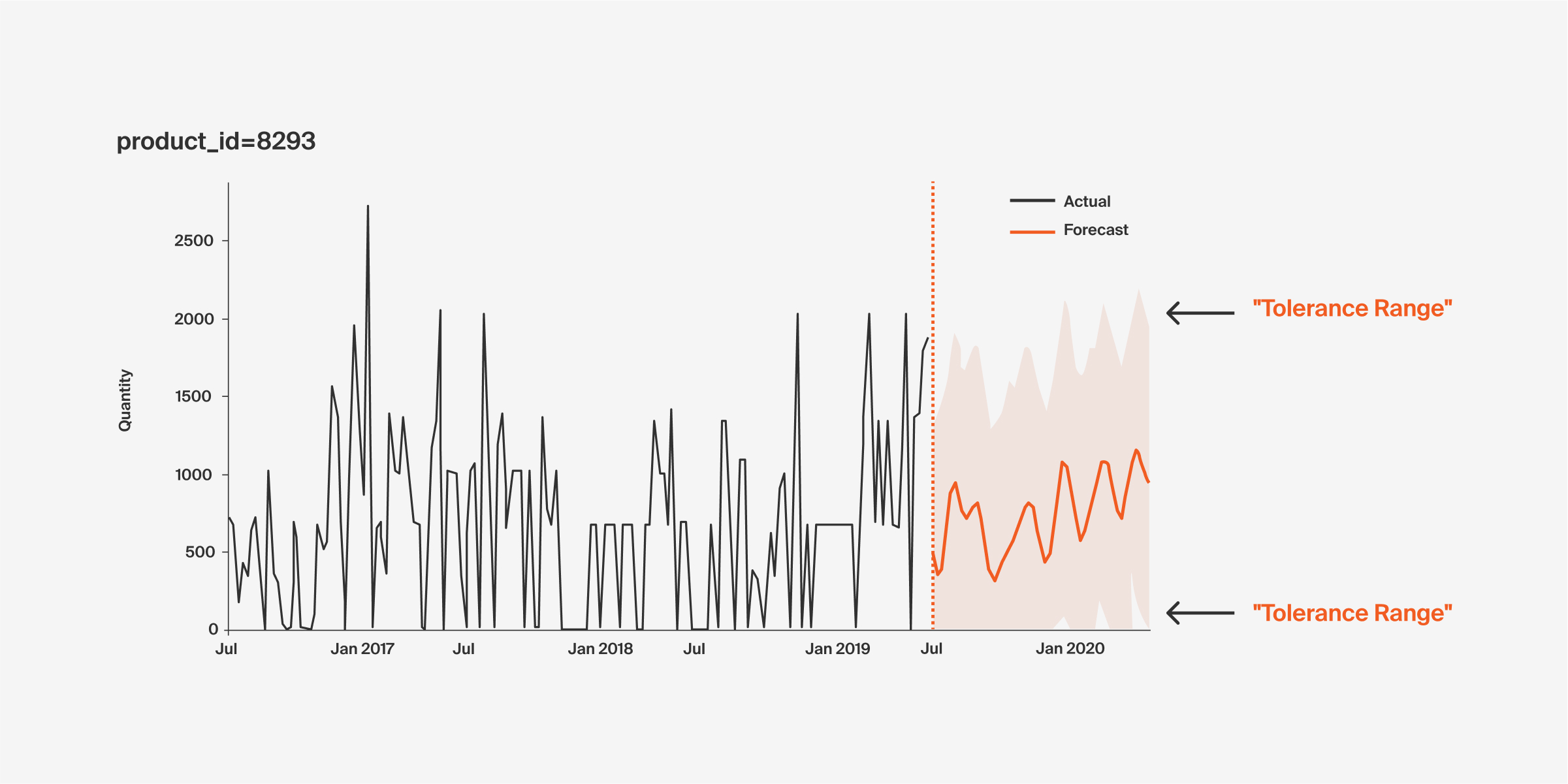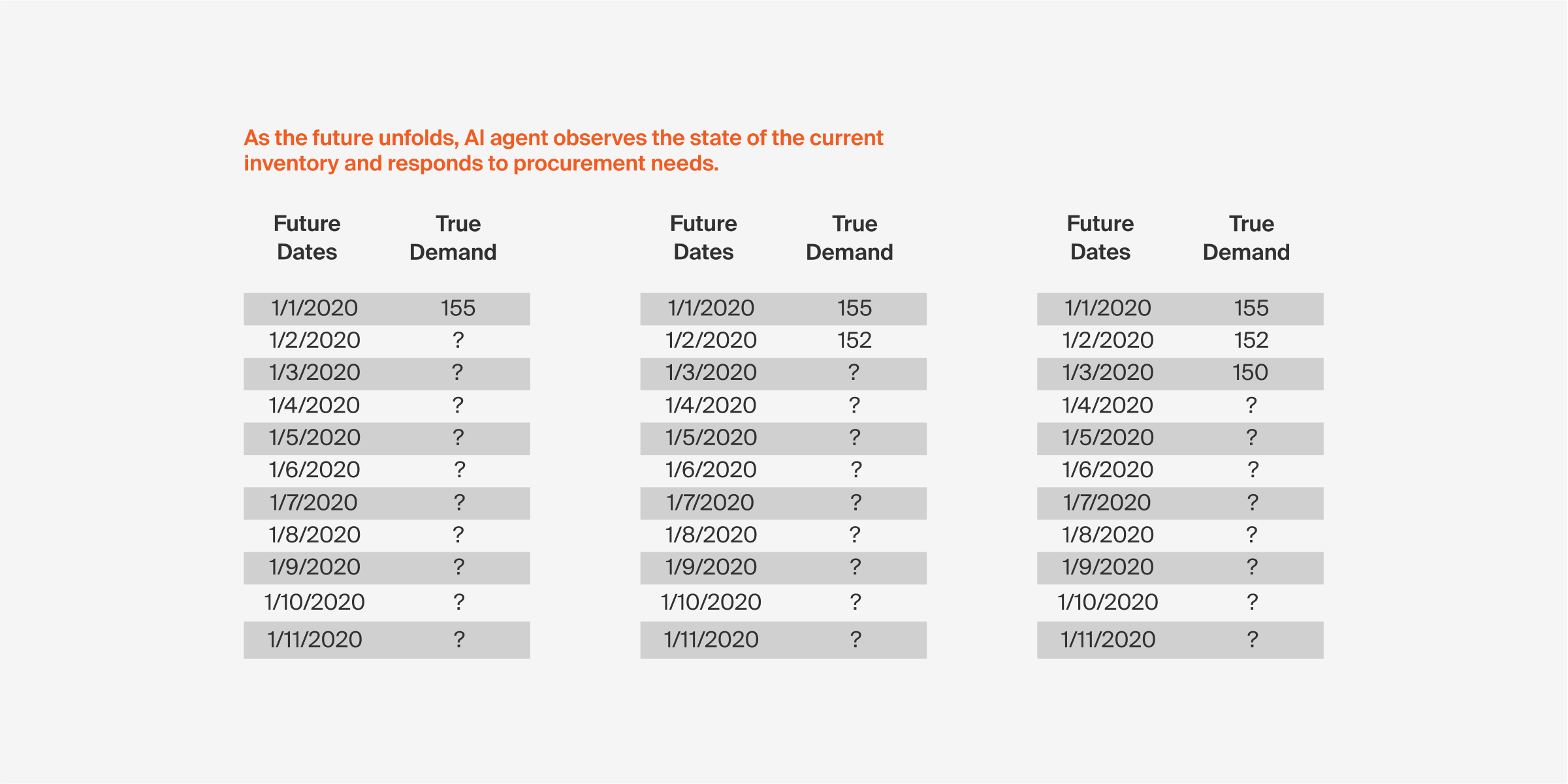In 1996, IBM’s Deep Blue made history by defeating Russian grand-master Garry Kasparov in one of their six games — the first time a computer had won a game against a world champion under tournament conditions. In the 1997 rematch, it won the deciding sixth game in only 19 moves; its 3.5–2.5 victory (it won two games and had three draws) marked the first time a current world champion had lost a match to a computer under tournament conditions. In its final configuration, the IBM RS6000/SP computer used 256 processors working in tandem, with an ability to evaluate 200 million chess positions per second.

Fast forward 26 years to the present, from tracking healthcare trends and identifying disease to autonomous driving, artificial intelligence (AI) has become a staple in our lives. We’ve been perfecting one such use case of AI - solving supply chain logistics planning using our proprietary Supply Chain Automation Suite (SCAS) platform.
Similar to Deep Blue in the late 90s, SCAS has the ability to evaluate millions of possible supply chain decisions and outcomes nearly instantaneously and output the next best move, allowing for agile, optimized supply chain planning.

But how is SCAS like a Chess Game?
Similar to a chess game with millions of possible scenarios, SCAS looks at millions of possibilities, determining the best possible move and acting upon it. It begins by assessing historical data characterizing the supply chain behavior on the demand, inventory, and supply sides (“Cross Supply Chain Visibility”). Based on cross supply chain event correlations through the underlying Reinforcement Learning Engine, SCAS learns the overall behavior (e.g., probability distributions) of the past at all levels of granularity (product/location/time). SCAS then uses this learning to extrapolate an extensively large number of potential scenarios characterizing the supply chain behavior in the near future.
Each scenario consists of a combination of states for demand, inventory, and supply across all products carried by the supply chain, all locations comprising the supply chain, all serviced customers, and all servicing suppliers. During the scenario extrapolation process, SCAS assumes relatively wide ranges for possible variations of supply and demand (“Tolerance Ranges”). The learning process consists of developing hundreds of millions of scenarios falling within the Tolerance Ranges.

By utilizing machine learning and Tolerance Ranges, for each move the supply chain makes, SCAS makes the best adversarial move to maximize its gains based on the current state of the supply chain.
Acting on its self-generated decisions, SCAS automatically adjusts its current state and monitors supply chain movement to determine whether to pivot to an alternative scenario or continue with the current scenario. This process is repeated accordingly in a way that empowers the Autonomous Requirements Planning engine to deal with any demand variation with unprecedented levels of accuracy and agility.
For every move the supply chain (“Kasparov”) makes, SCAS has already run a simulation and can respond with the best move.

Conclusion
In each of these examples, Tolerance Ranges allow SCAS to match sudden demand scenarios to existing scenarios in the learned model. This gives it a significant competitive edge over traditional systems when it comes to maximizing success probability for any given scenario, even against the strongest opponents and sharpest minds, like that of Garry Kasparov.
When encountering volatility, SCAS explicitly triggers the Continuous Learning process to adapt the learning models to newly encountered values and just like in 1997, stay one step ahead of the competition.
Citations:
¹Encyclopaedia Britannica. (n.d.). Garry Kasparov and Deep Blue [Photograph]. Encyclopaedia Britannica. https://www.britannica.com/topic/Deep-Blue#/media/1/155485/61084